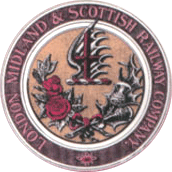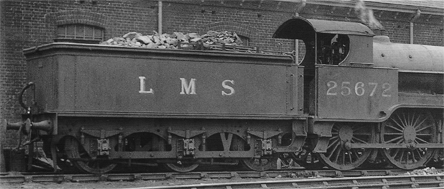LMS Locomotive Reviews
The question of what the LMS inherited from the constituent and subsidiary companies is not one to have commanded much attention from other authors and begs the question, what did the LMS inherit, how good was it and how long did it last before the new company replaced these assets? We have chosen to begin our investigation with the largest constituent company of the LMS, the London & North Western Railway, and to deal with its stock of locomotives.
Although it is not possible or even desirable to ignore the pre-1923 history, it is not intended to delve into the various aspects of LNWR locomotive history so beloved by some writers. The question of the suitability of Webb's designs, in particular his compounds, will not form part of this work; indeed we take the view that the LMS inherited all manner of mechanical items from the constituent and subsidiary companies and that the quality varied, but they became LMS stock, and the purpose of these books is to record, as objectively as possible, what it was and how it fared during the years that followed. Therefore, in many respects, this is a 'broad brush' approach but nevertheless this illustrated survey has taken many pages, so we have divided it into three manageable volumes, the first covering passenger tender classes, the second the tank engine classes, and the third the goods tender engines.
Each class is reviewed with information on rebuilding, loading gauge modifications for route availability, renumbering, liveries, detail variations, tenders, allocations, the type of duties they were used on under the LMS, and how they were gradually superseded by more modern designs. Coverage also continues into BR service where applicable.
Bob Essery





